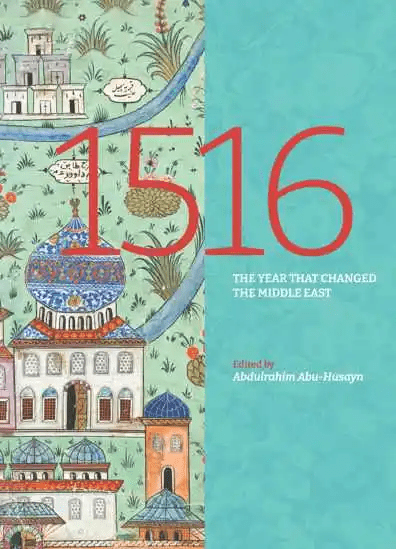
A Garden for the Sultan: Gardens and Flowers in the Ottoman Culture
Caroline Stone
Nurhan Atasoy
Gül Irepoglu, ed.; Mary Isin, English ed.; Robert Bragner and Angela Roome, tr. 2011, Kitap Yayinevi, 978-9-75771-010-3, £60/$90 hb.
A Garden for a Sultan, first published in Turkish in 2002, is a treat on several levels. Not surprisingly, given previous works by Nurhan Atasoy, it is beautifully produced and filled with wonderful and novel illustrations from Topkapı Palace in Istanbul and other collections in Turkey. They include textiles and ceramics, besides numerous paintings and drawings of flowers and gardens and ceremonies involving both. The book considers the classic Islamic idea of the garden and then discusses how it was developed in the context of the Ottoman court. Its social importance is considered, along with the significance of the flowers themselves, which were selectively bred from the 16th century, triggering a similar interest when they were imported to Europe. Descriptions from contemporary sources and from the numerous handbooks on favorite Ottoman flowers—tulips, hyacinths, narcissi, carnations and roses—are particularly valuable. The book will appeal to art lovers and social historians, as well as those interested in flowers, garden design and plant transmission.
You may also be interested in...

Archaeology and Geology of Ancient Egyptian Stones
Spanning three decades of fieldwork, Archaeology and Geology of Ancient Egyptian Stones is as vast as its subject: the stones ancient Egyptians used to shape their civilization.
Editor Challenges Readers To Witness Islamic History Sans the Modern Lens In New Book
In 1516, Ottoman Sultan Selim I entered Damascus clean-shaven. What followed changed Arab-Turkish relations for 400 years.